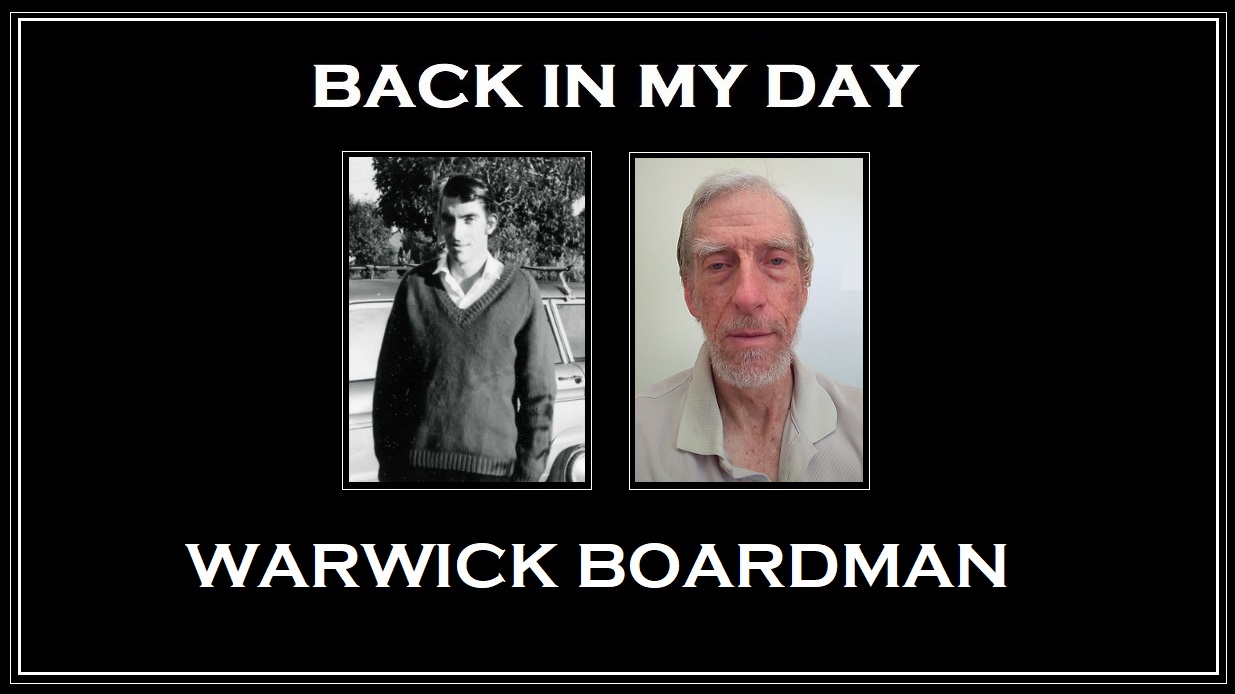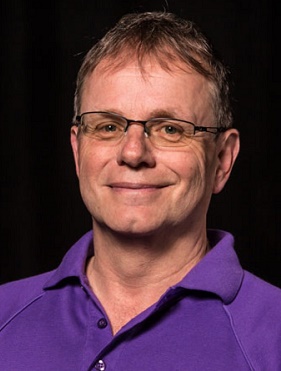‘Back in My Day’ is an Information Age series profiling some of our older ACS members and Information Age readers speaking about their early days in IT.
This week, we speak with Warwick Boardman, aged 72, from Salter Point, Western Australia.
What attracted you to computing?
I’ve always had a passion for understanding how things work, from the atomic level right up to the vastness of the universe, so I enrolled in a physics degree at the University of Western Australia (UWA) after finishing school.
It was the early 70s and as computing courses started becoming available at UWA, I realised that this new field might provide greater career opportunities than physics and switched across to IT.
Although this was back in the days of punched cards and batch jobs, I was inspired by the power and analytical capabilities of the technology and continued down this path, graduating with a computing qualification in 1973.
How did you get into the industry?
I began looking for work towards the end of my studies and saw a job in the newspaper classifieds with the WA Forestry Department (as it was then known), seeking a graduate programmer.
This role especially appealed to me because of its connection with nature and because it involved statistical analysis and I was delighted to be appointed.
Was the job what you expected?
Not at first.
The role of the team was to process native forest hardwood and pine plantation data that had been gathered by officers in the field to facilitate sustainable timber management.
But my role, when I joined, involved sorting punched cards and other menial tasks.
Thankfully, many months later, somebody left and I got their job.
What kind of work were you doing?
I was writing and maintaining Fortran programs that would process vast amounts of native forest and plantation data to estimate future timber yields.
A big part of this was making regular trips to the WA Regional Computing Centre (WARCC) at UWA to submit the programming and data cards, and several days later I’d return to collect the printed results from our “L3” box in the foyer.
It happened so often that, at one stage, I became known as “L3” by the staff.
A program I developed from scratch went through each tree in the sample plots and decided how much was millable and what kind of commercial log it was, thereby providing an estimate of how much timber of each type was available.
Can you tell us about the technology being used?
When visiting the WARCC, we’d often use their card punch machines to make changes to our programs or to submit jobs, but eventually we were able to get a monitor and keyboard installed in our Como office, which was connected to the WARCC via a landline system.
This allowed us to type in our programs and run them, but we still had to drop off the data cards, which were being externally punched.
The first machine we were using at UWA was a DEC PDP-6.
It was later upgraded to a CDC Cyber with much greater storage and computing power, which required a new building.
Several years later in 1985, when our office moved from Como to Kensington, the department bought its own Perkin-Elmer computer, mainly to run commercial software, but it was also made available to us as scientific users.
Eventually we ended up using Windows servers in a virtual machine environment.
What software were you using in the department?
Initially we used SPSS, the Statistical Package for the Social Sciences for doing statistical regressions, and then a new staff member recommended SAS, the Statistical Analysis System, so we switched to that.
We also had access to MIDAS software which we used to build our own raster map overlay system that managed to outperform all the major commercial geographic information systems available at the time.
The bulk of my work was in Fortran – maintaining, improving and operating the timber analysis system I’d created – and given that I was the only person in the team who knew how it worked or could run it, the role still involved some menial tasks.
I also worked with Oracle, building queries, support scripts, and procedures using Oracle SQL*PLUS and PL/SQL, and built and maintained small applications using Oracle Application Express.
What was the diversity of the workforce in your team like?
It was actually pretty good for that time!
We had two women in the team, one of whom was a highly skilled programmer, and we also ended up having a man with a severe hearing impairment join the team, who did excellent work.
How long did you stay with the Forestry Department?
For my entire career of more than forty years, because I enjoyed my work and am passionate about the environment, even completing a Graduate Diploma in Natural Resources.
Also, with the technology constantly changing I was able to learn new skills and respond to challenges, some of which involved working at night and on weekends to meet ambitious deadlines, but all of which were satisfying to achieve.
In particular, I remember doing the analysis, design and programming of a new application that I just managed to get working the night before a deadline meeting of the department’s corporate executive.
I think I got PTSD from it for a while!
Seeking a quieter life, and wanting to reignite my passion for physics, I ended up retiring in 2015.
Looking back, what are some of your memories of the job?
I fondly remember getting out into nature and going on field trips, often accompanied by highly skilled scientists providing explanations of the ecosystem and forest operations.
A less happy memory is the data loss that occurred when the department outsourced some of its computing services and did a cleanup that involved trashing computer tapes no longer considered necessary.
Unfortunately, a manager for whom I’d worked, had insisted that I maintain a range of data entirely on one of his unit’s tapes, which ended up being a casualty of the cleanup.
Following on from this all data was kept online, with regular backups being run.
What are some key learnings you’ve taken with you?
The importance of being connected with the broader IT community, through membership of groups like ACS, and the need to challenge unrealistic deadlines.
In one of my projects I adopted the Extreme Programming idea of building system components incrementally, in order of priority, to meet an ambitious deadline.
This meant I had to exclude some features and resulted in my code being hard to follow and maintain.
When errors were later found in the program, based on different parameter values, I had to make major changes but to my great relief I was able to get the system fully operational just before retirement.
What’s your advice for someone considering IT as a career?
Given the broad range of contexts in which IT is being used, try to choose one that matches your passions beyond IT.
For me, the environmental connection was perfect.
Alternatively, if IT is your sole passion, consider joining a software service provider that provides ongoing IT training, mentoring, and support.










